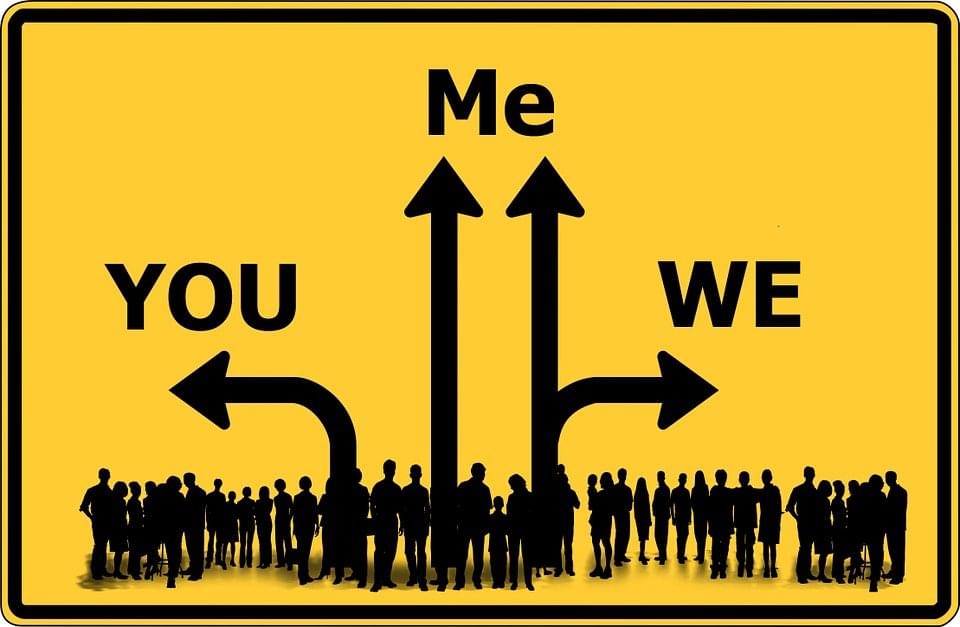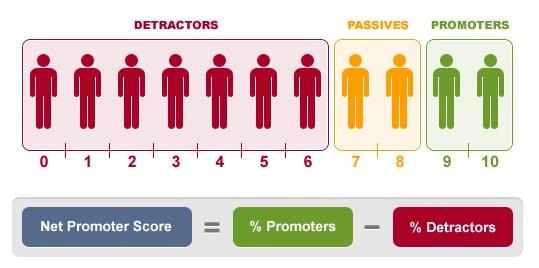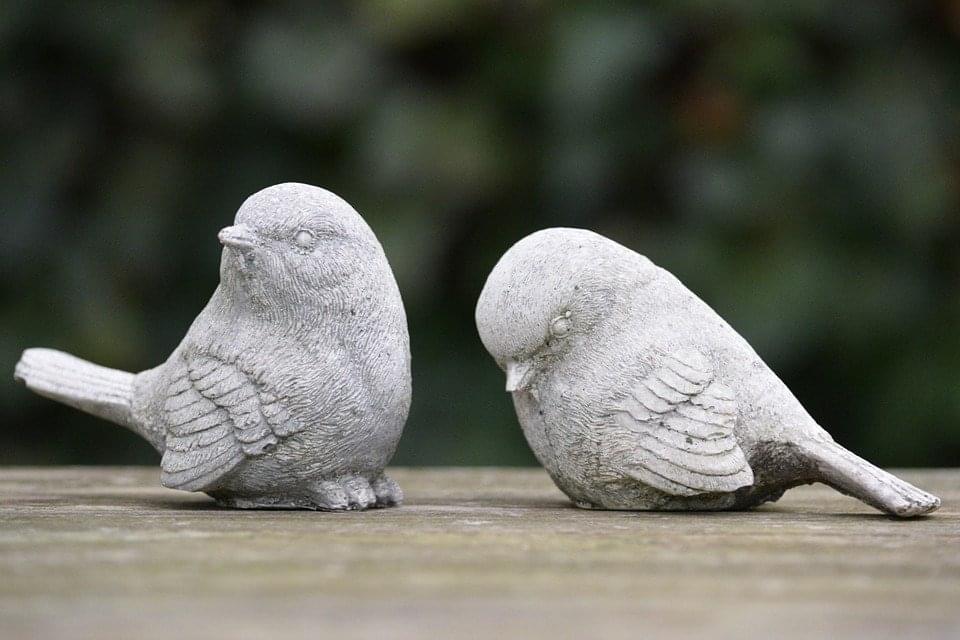9 Things Recruiters Can Do to Create a Truly Memorable Candidate Experience

83% of professionals say a negative interview experience can change their mind about a role. In other words, the way they’re treated has a lasting impression on the way they view the company. Which is why, in today’s blog, we’re looking at 9 things your company can do to create a better candidate experience in your organisation using examples from companies known for theirs:
 1. Communicate with every applicant.
1. Communicate with every applicant.
Everyone deserves to be treated with respect, regardless of whether they’re right for the job or not. Each person who has taken the time to apply to your company has taken time out of their life to say how and why they think they can help your company achieve its business goals. The least you can do is acknowledge this effort.
“We contact absolutely every person who applies to Philz,” says Philz Coffee’s Chief People Officer, Carolyn Frey. “It’s really important. We look at all our communication [to candidates] to make sure it communicates warmth, even if they are not a fit for Philz. Because everyone deserves that. That is our customer experience. That is the experience we deliver to each other. So we absolutely want to deliver that from a candidate perspective.”
 2. Get everyone on the same page.
2. Get everyone on the same page.
If all 3 sections of a choir (soprano, alto and tenor) were all singing from a different hymn sheet, it wouldn’t make for a very pleasant concert now would it? At HotelTonight, they try and get everyone signing from the same hymn sheet by doing to two things. Firstly, candidates are given a detailed itinerary of the interview process which includes the name and title of everyone they will interview with during the day. Secondly, the interviewing team are encouraged to get together to discuss the key attributes a successful candidate will need to fill the role, and to determine what questions will be asked by who in order to establish the candidate is the best fit for the role.
According to Medallia’s Vice President of Talent Acquisition, Josh Budway, one of the chief complaints Medallia was receiving from candidates was about the “length and rigor” of their hiring process. But instead of changing their hiring process (one which they feel is necessary to select the best candidate), what Medallia did was set candidates’ expectations at the beginning of the hiring process by giving them an outline of what to expect from the off. And doing so has vastly improved their candidate’s perception of the hiring process. Budway says, “ultimately, the problem wasn’t the process itself, but the unknowns going into it”.
 3. Recognise that it’s not all about you.
3. Recognise that it’s not all about you.
The interviewing process isn’t just about your company determining whether this candidate is a good fit. It’s also equally for the candidate to decide whether they feel they’re a good fit and whether they want to work for your company. Which is why, in addition to a detailed itinerary about the interview process, HotelTonight also include a guide to the local neighbourhood (which includes local restaurant and coffee shop recommendations) in their interview itinerary. By doing so, they hope to ensure that candidates’ visit to the local area is enjoyable (for candidates already based in San Francisco) or their visit to the city confirms their desire to work there (for candidates commuting in). They also ask candidates to stay for lunch after their interview or come along for drinks at happy hour, so candidates can get to know team members in a more informal setting.
 4. Let candidates take a “test drive”.
4. Let candidates take a “test drive”.
For some roles, HotelTonight gives candidates the opportunity to jump into a collaborative working session that will see them try and solve a problem they may face on the job, with the team they would be working with.
The candidate gets to experience what it would really be like to work within the organisation and you get the added bonus of being able to see first hand how they solve problems and their thought process.
 5. Treat candidates like customers.
5. Treat candidates like customers.
Beamery’s Ben Slater highlights this as being the secret to a great candidate experience. He says, “candidates are influenced in exactly the same way as online customers. The things that they hear about your company have a profound impact on their likelihood to hit that ‘Apply’ button.” We may not think it but our candidates’ decisions are based on everything from anonymous employee reviews of our company left on Glassdoor, to conversations with friends, to rumours on social media.
Think about it this way. In every other arena of life, people crave 1-1 treatment. “It’s the reason people buy tailor made clothing, pay for private tuition, and eat at expensive restaurants,” says Slater. So why should recruiting be any different? It doesn’t stop there, though. People don’t just want personal treatment, they take everything personally. “They rarely register the fact that you might be dealing with hundreds (if not thousands) of applications. They don’t know about all the open roles that you have to fill. They don’t think about the stress and the time pressure. A candidate’s opinion of your company is based entirely on your personal interactions with them. Nothing else matters to them. A great candidate experience is personal, no matter the volume of your hiring requirements,” says Slater. And he suggests you make 3 simple changes to your hiring process in order to give them this personal experience:
1. Personalisation your communication with them
Recruiting is all about relationships, and the templates most candidates receive are definitely not the best way to kick off a new relationship. If you want your candidate outreach to be successful, try to give candidates the 1:1 feeling whenever you interact with them. This means personalising your emails and we don’t mean with just their name and a job title detail easily found at the top of their LinkedIn profile. If you want to stand out, look for uncommon commonalities e.g. unusual things you may have in common with the candidate like being a fan of the same soccer team. “People are hardwired to trust people that we think are similar, so finding common ground is the best way (I know of) to connect with a new candidate,” says Slater. “Scan each candidate’s LinkedIn, Github or Twitter profile to see if you can find anything out of the ordinary that you can relate to, and use it in your message to stand out“.
2. Give your process a name (and a face)
Applying for a new job is a huge step in anyone’s life, and usually people want to deal with another person when they’re making big decisions (e.g. applying for a loan with a bank manager, as opposed to doing it on the internet). We want our questions answered, our feelings acknowledged. By contrast, most application processes are faceless. After a candidate hits apply, most of their interactions are with automated emails sent from a “no-reply” address. “Talking to a machine isn’t fun, the machine doesn’t talk back and the machine can’t answer questions. Try changing this and humanising your process,” Slater suggests. “Updates during the application process can be automated, but they should come from a member of your team. This makes it easy for candidates to ask questions and open a dialogue“.
3. Nurture
According to Slater, the concept of the ‘lifer’ is vanishing. Nowadays, people change jobs every couple of years (a trend that is particularly pronounced for millennials). “A candidate might work at a competitor now, but a few months down the line who knows?“, says Slater. “This is just one of the reasons that the responsibilities of the recruiter are changing (and becoming more complex). They have to consider how to “market” their roles to candidates that aren’t looking“. Recruiters have to apply 1:1 recruiting tactics to candidate nurture. The goal here should be to stay relevant or front of mind with a candidate. “Some of the best ways to do this include sending over educational material about the market that a candidate works in, interesting company news and valuable content“, Slater suggests.
[cta-blog]

6. Collect and use feedback to continually improve.
HotelTonight’s People Operations team collect feedback from candidates on day one specifically regarding the hiring process. They then collect more information on day 60, after the candidate has been hired, to ask them how their experience has been and how well it has matched what they expected from the interview process.
All of this insight is then used to continually improve the overall interview experience, so that it reflects what it is really like to work for HotelTonight.
 7. Start measuring your Net Promoter Score.
7. Start measuring your Net Promoter Score.
If you’re serious about improving your candidate experience, it’s time you started measuring it. Both Medallia and Citrix use a rating more commonly associated with marketing to gauge the success of their candidate experience activities known as Net Promoter Score and you should think about doing the same.
As I mentioned, NPS is a common metric used by marketing departments to measure how likely a person is to recommend a product or service to their friends. In a nutshell, it asks people how likely they are to recommend a product or service on a 1-10 scale. Anyone who puts a 9 or 10 is a promoter of your product/service, which helps your score. Anyone who puts a 7 or an 8 is neutral, and doesn’t change your score either way. Anyone who puts a 6 or less is a detractor and hurts your score. The score is then calculated by subtracting the percentage of detractors from the percentage of promoters. Scores can range from -100 to 100, with anything over 0 being good and anything over 50 being excellent. But if you’re not great with maths, here’s a free NPS calculator that explains it and does all the work for you!
Citrex’s Executive Director of Talent Acquisition, Melissa Thompson, started using this measurement for candidate experience for two reasons; it’s a one-question survey, which should increase the chances a candidate will actually take it, and it gave her one metric to measure candidate experience across her entire company. Starting in Q4 in 2014, her team began emailing every candidate who came to an on-site interview at Citrix the following question and asked them to answer it on a 1-10 scale: “Based on your candidate experience, how likely are you to recommend a friend or colleague to apply for a job at Citrix?” Below it was a space where candidates could write a comment about the score they gave, and they were also asked in the email if they’d be willing to talk more about their experience. To which, according to Thompson, many candidates said yes. These candidates were later contacted by recruiters or recruiting coordinators to get more detail on what they liked or didn’t like.
Overall, the response rate was high: 58 percent of candidates who were sent the email took the survey. That number was much higher than Citrix’s previous candidate experience survey, which had more questions.
 8. Make rejections as painless as possible.
8. Make rejections as painless as possible.
Don’t make unsuccessful candidates wait weeks or even months on end only to be told they haven’t got the job. Let the candidate know as soon as you do and preferably within a previously specified time period e.g. 2 weeks.
Oh, and according to LinkedIn’s extensive research on the subject, it’s better to deliver the bad news via email as most (65%) unsuccessful candidates prefer to receive bad news this way.
 9. Provide constructive feedback.
9. Provide constructive feedback.
According to LinkedIn, providing unsuccessful candidates with constructive feedback makes talent 4 times more likely to consider your company for a future opportunity. Their advice? Make all feedback objective and specific and make sure the candidate understands it. Give the unsuccessful candidate something to work on. Mediallia believes you should focus on the skills the candidate needs to become more effective and that will improve their chances next time.
They make the point that while every company understands the importance of having great customer service, the same principles need to apply to candidates as well. “To make it as effective as possible, Medallia recruiters generally focus on skills the candidate should learn to become more effective, and improve their chances of getting hired next time”, says Medallia’s Senior Manager of Talent Acquisition, Caitlin Mefford.
So there you have it folks, 9 ways you can directly improve your candidate experience. Which one will you start with? Let us know!
